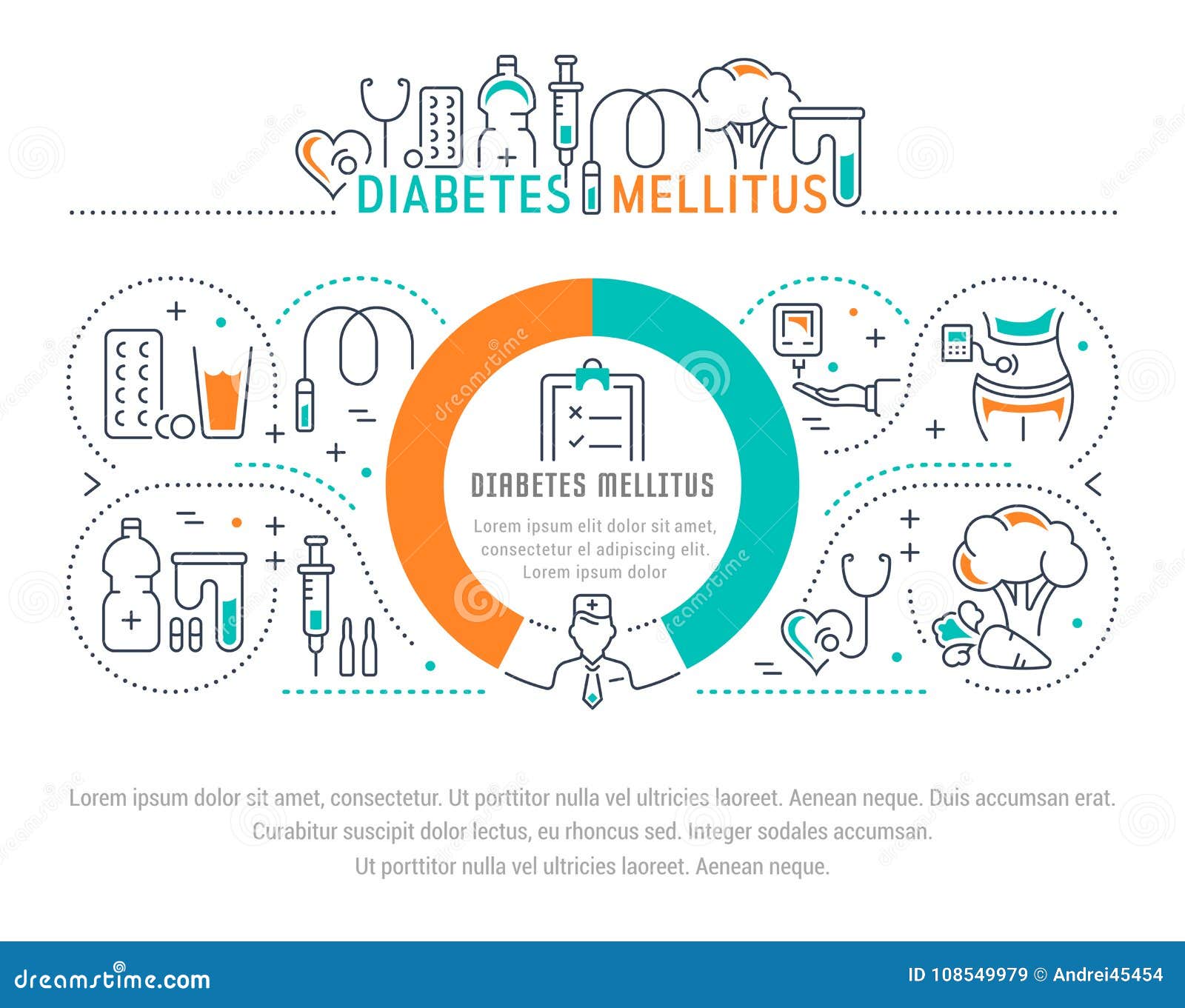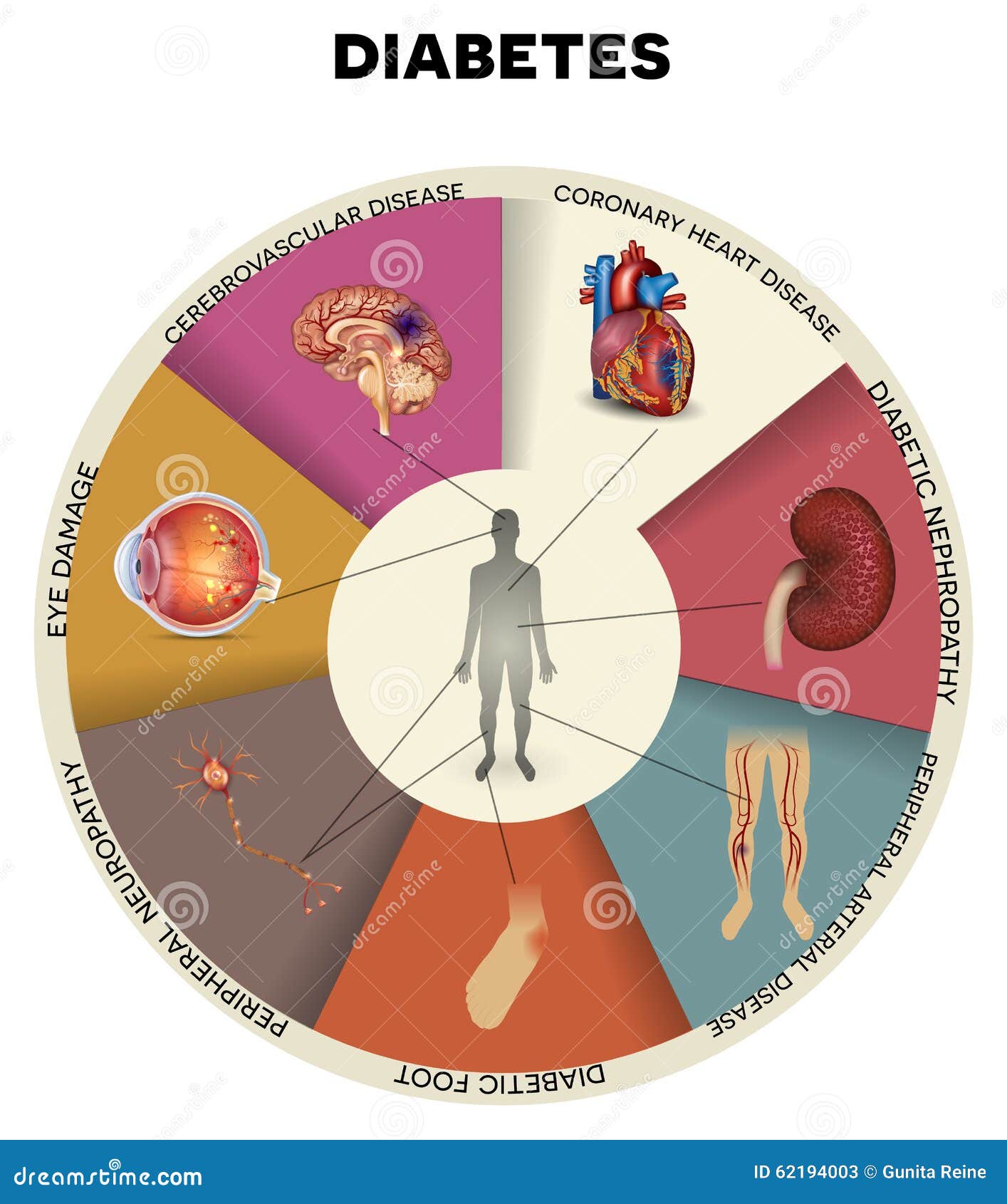Diabetes Melitus M
Diabetes Mellitus An Overview Diagnosis And Tests
Diabetes mellitus is one of the most common diagnoses made by family physicians. uncontrolled diabetes can lead to blindness, limb amputation, kidney failure, and vascular and heart disease. screening patients before signs and symptoms develop leads to earlier diagnosis and treatment, but may not reduce rates of end-organ damage. Diabetesmellitus (dm), commonly known as diabetes, is a group of metabolic disorders characterized by a high blood sugar level over a prolonged period of time. symptoms often include frequent urination, increased thirst, and increased appetite. if left untreated, diabetes can cause many complications. acute complications can include diabetic ketoacidosis, hyperosmolar hyperglycemic state, or. Type 2 diabetes is a chronic disease. it is characterized by high levels of sugar in the blood. type 2 diabetes is also called type 2 diabetes mellitus and adult-onset diabetes. that's because it used to start almost always in middleand late-adulthood.
Diabetes mellitus refers to a group of diabetes melitus m diseases that affect how your body uses blood sugar (glucose). glucose is vital to your health because it's an important source of energy for the cells that make up your muscles and tissues. it's also your brain's main source of fuel. the underlying cause of diabetes varies by type. but, no matter what type of diabetes you have, it can lead to excess sugar in your blood. too much sugar in your blood can lead to serious health problems. chronic diabetes con Diabetesmellitus is one of the most common diagnoses made by family physicians. uncontrolled diabetes can lead to blindness, limb amputation, kidney failure, and vascular and heart disease. screening patients before signs and symptoms develop leads to earlier diagnosis and treatment, but may not re. Diabetes is a lifelong illness. however, people with type 2 diabetes can sometimes restore their blood sugar levels to normal just by eating a healthy diet, regularly exercising, and losing weight. aging and episodic illness can cause the body's insulin resistance to increase. as a result, additional treatment typically is required over time. If you have diabetes, see your doctor regularly. people with high blood sugar levels have a higher risk of dehydration. contact your doctor immediately if you develop vomiting or diarrhea and are not able to drink enough fluids. monitor your blood sugar as advised by your health care team. report any significant deviations in blood sugar levels.
Diabetes Symptoms And Causes Mayo Clinic
Type 2 Diabetes Mellitus Guide Causes Symptoms And

If a close relative—particularly, a parent or sibling—has type 2 diabetes, or if your blood glucose test shows \\"pre-diabetes\\"—defined as blood glucose levels between 100 and 125 mg/dl—you are at increased risk for developing type 2 diabetes. you can help to prevent type 2 diabetes by: 1. maintaining your ideal body weight. 2. exercising regularly—like a brisk walk of 1-2 miles in 30 minutes—at least five times a week, even if that does not result in you achieving an ideal weight. that's becau Long-term complications of diabetes develop gradually. the longer you have diabetes — and the less controlled your blood sugar — the higher the risk of complications. eventually, diabetes complications may be disabling or even life-threatening. possible complications include: 1. cardiovascular disease. diabetes dramatically increases the risk of various cardiovascular problems, including coronary artery disease with chest pain (angina), heart attack, stroke and narrowing of arteries (atherosc Type 1 diabetes cannot be prevented. you can decrease your risk of developing type 2 diabetes. if a close relative—particularly, a parent or sibling—has type 2 diabetes, or if your blood glucose test shows \\"pre-diabetes\\" (defined as blood glucose levels between 100 and 125 mg/dl), you are at increased risk for developing type 2 diabetes. you can help to prevent type 2 diabetes by 1. maintaining your ideal body weight. 2. exercising regularly—such as a brisk walk of 1-2 miles in 30 minutes—at le See more videos for m diabetes mellitus.
Diabetes Mellitus Guide Causes Symptoms And Treatment Options

See full list on drugs. com. See full list on drugs. com. More m diabetes mellitus images. What is diabetes what is diabetes mellitus? diabetes mellitus is a disease that prevents your body from properly using the energy from the food you eat. diabetes occurs in one of the following situations: the pancreas (an organ behind your stomach) produces little insulin or no insulin at all.
Diabetes Mellitus Types Risk Factors Symptoms Treatments
Always consult your healthcare provider to ensure the information displayed on this page applies to your personal circumstances. medical disclaimer. Diabetes mellitus, also called diabetes, is a term for several conditions involving how your body turns food into energy. when you eat a carbohydrate, your body turns it into a sugar called glucose. Diabetesmellitus, also known simply as diabetes, involves how your body turns food into energy. learn more about the different types of diabetesmellitus.
There are three major types of the disease: type 1, type 2, and gestational diabetes. with all three, your body can't make or use insulin.. one of every four people with diabetes doesn't know they. Type 1 diabetes, formerly referred to as insulin-dependent diabetes mellitus (iddm) or juvenile-onset diabetes, usually arises in childhood. type 2 diabetes, formerly called non-insulin-dependent diabetes mellitus (niddm) or adult-onset diabetes, usually occurs after age 40 and becomes more common with increasing age. Diabetesmellitus is the latin name for diabetes type 1 diabetes mellitus occurs when the cannot produce insulin which is needed to control blood glucose levels. type 2 diabetes mellitus, which is much more common, occurs when the body can not produce enough insulin or the insulin is not working diabetes melitus m effeciently enough.. gestational diabetes mellitus occurs when pregnant women have high blood.
Diabetes mellitus: types, risk factors, symptoms, treatments.
Diabetes mellitus is a condition defined by persistently high levels of sugar (glucose) in the blood. there are several types of diabetes. the two most common are called type 1 diabetes and type 2 diabetes. during digestion, food is broken down into its basic components. carbohydrates are broken down into simple sugars, primarily glucose. glucose is a diabetes melitus m critically important source of energy for the body's cells. to provide energy to the cells, glucose needs to leave the bloodstream and get insid See full list on mayoclinic. org.

Diabetes mellitus: types, risk factors, symptoms, treatments.
Comments
Post a Comment